Both an English professor and a high-stakes gambler, Bennett is $240,000 in debt and has seven days to pay it down. Can he? Yes. But in his mind, hitting rock bottom is the only way to start over. So he sprints to the depths, hurdling opportunity after opportunity to get himself out of the situation, while rock bottom remains just out of reach. He is addicted to putting himself into sticky situations – mostly at a disadvantage.
While Walhberg’s performance is entirely enjoyable, John Goodman as Frank, a loan shark, steals the show. As a practical businessman with a seemingly paternal interest in Bennett’s future, Goodman’s all-knowing demeanor is familiar for those avid fans of The Big Lebowski (despite the lack of Vietnam references and gun-wielding anger), and his scenes provide nearly as many laughs. Brie Larson as Amy Phillips, a student Bennett begins a relationship with is frustratingly underdeveloped despite attempting to be unrealistically motivating.
I have a hard time watching someone, even a film character, dodge positive options in favor of knowingly disastrous paths. The nihilistic approach, and the ending, just didn’t suit my taste. Still, this movie provided plenty of entertainment value to make up for the pain of character decline. You might walk out, as I did, thinking, “I’m not sure what I just watched.” But sometimes, that’s the best part.
Grade: B
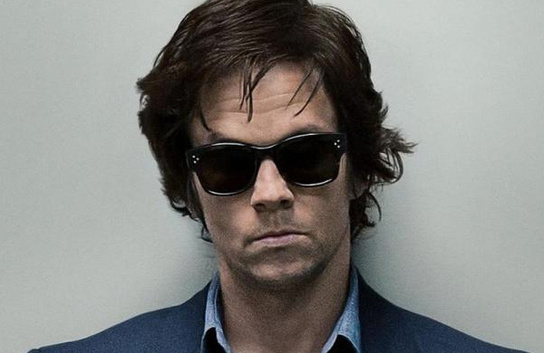
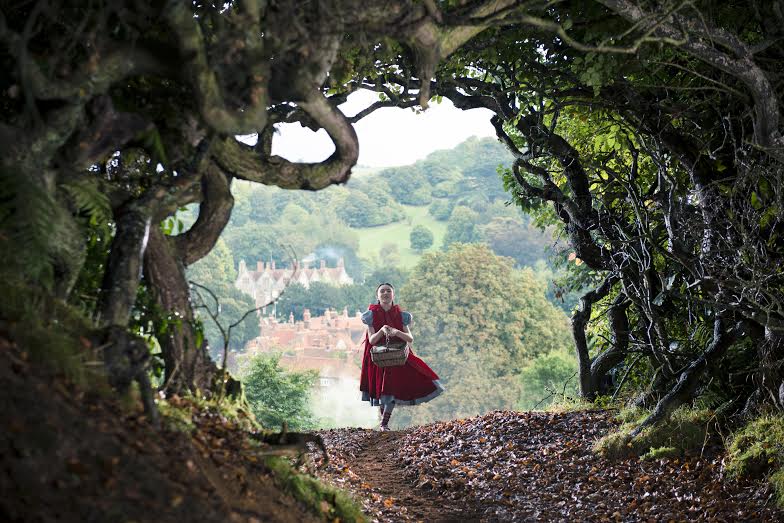
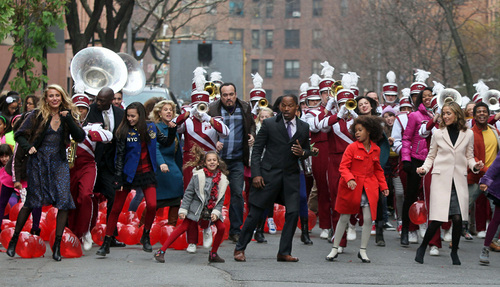
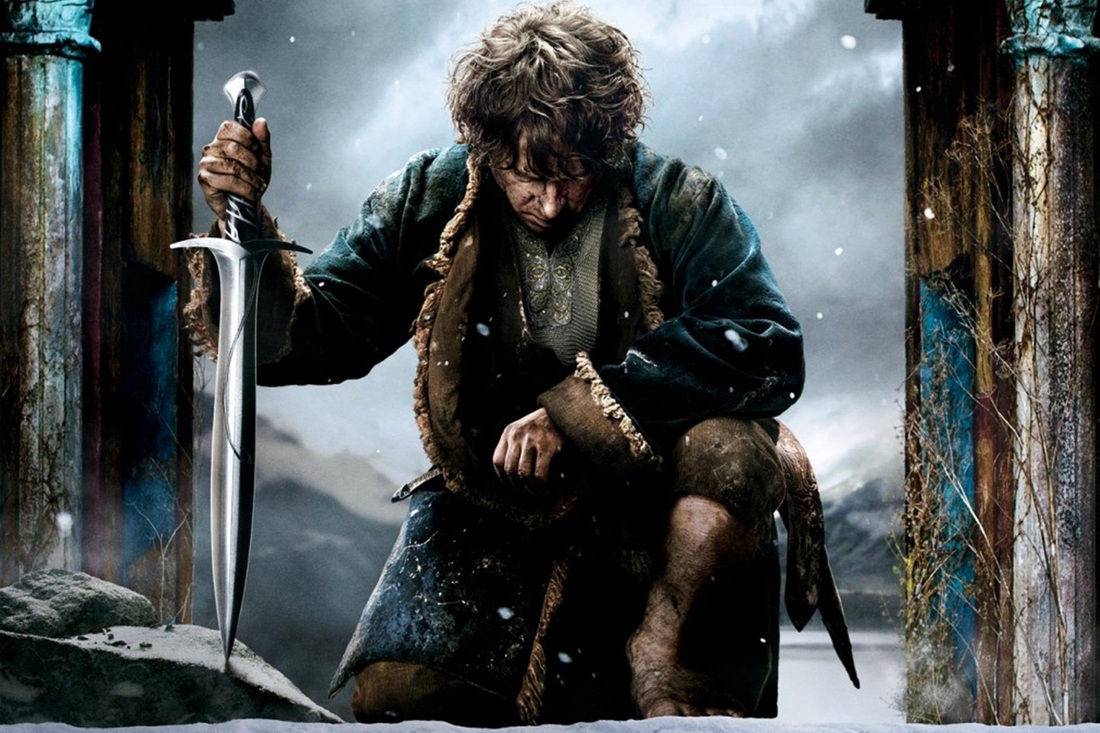

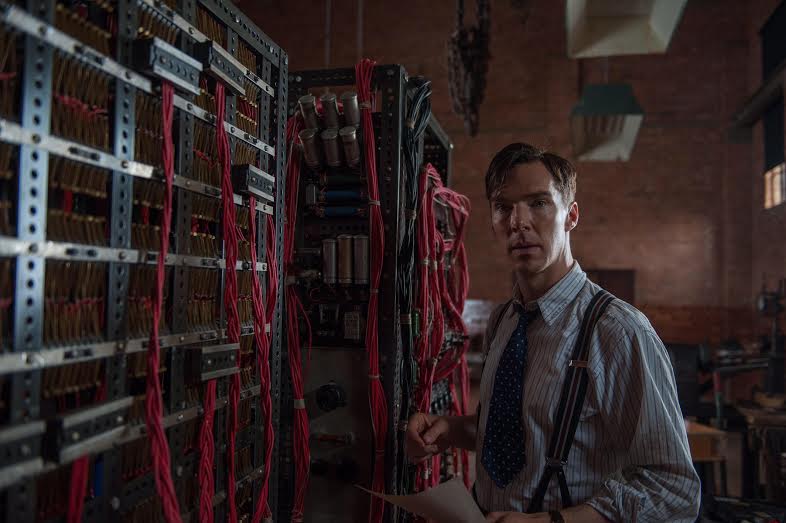
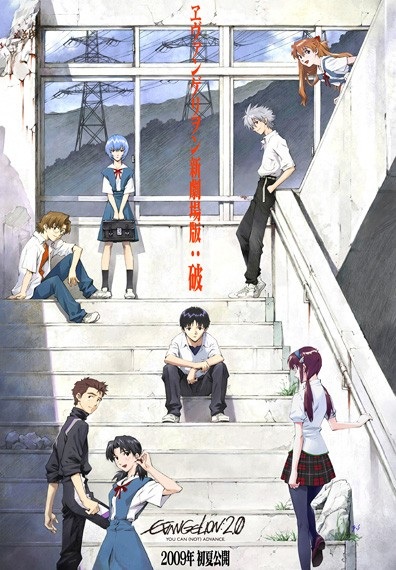
 RSS Feed
RSS Feed
